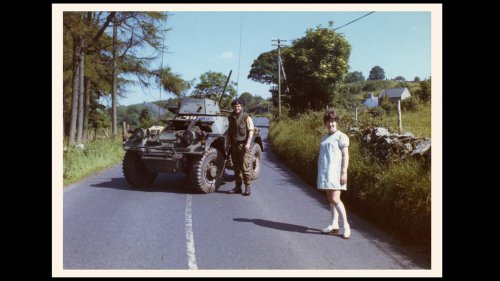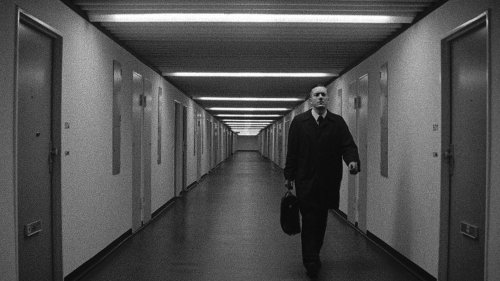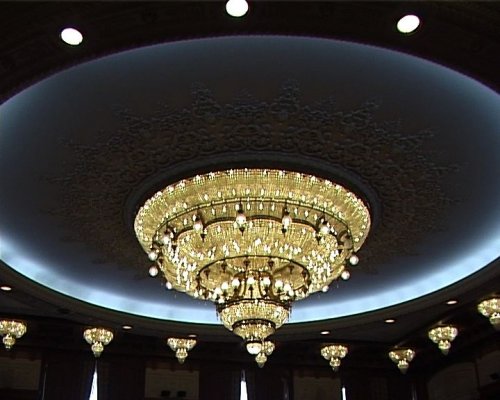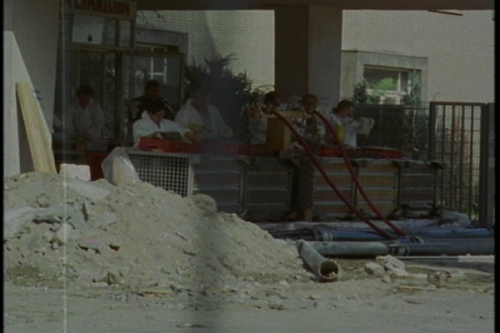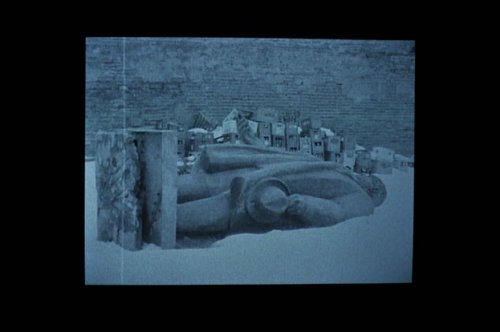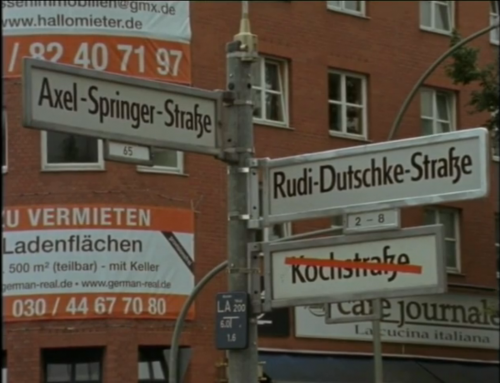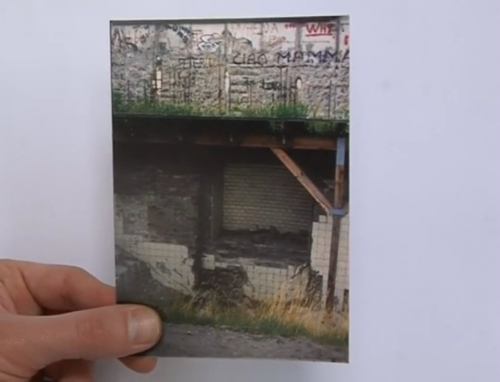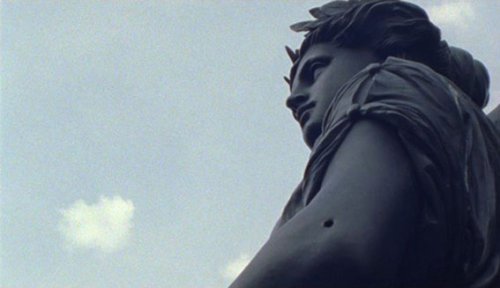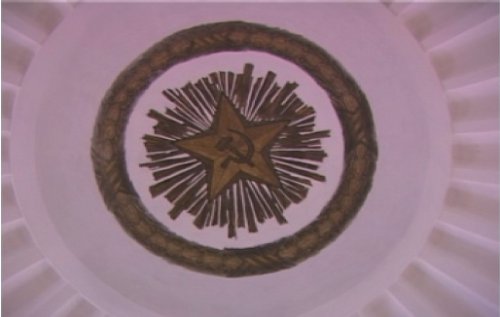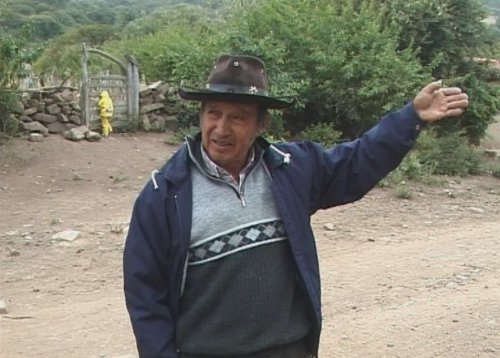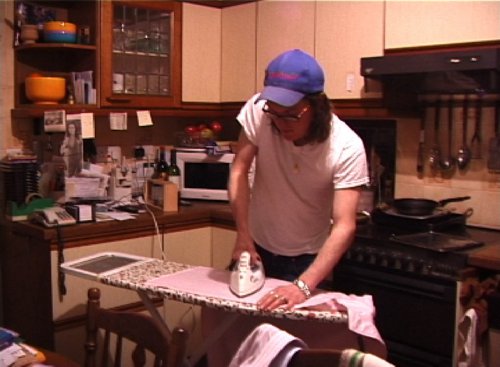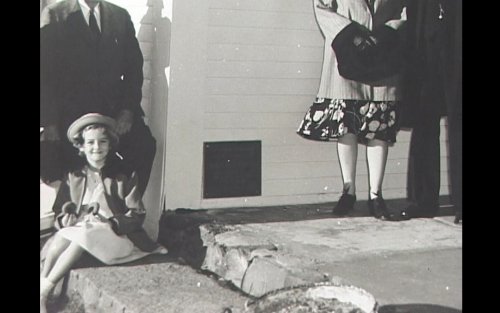
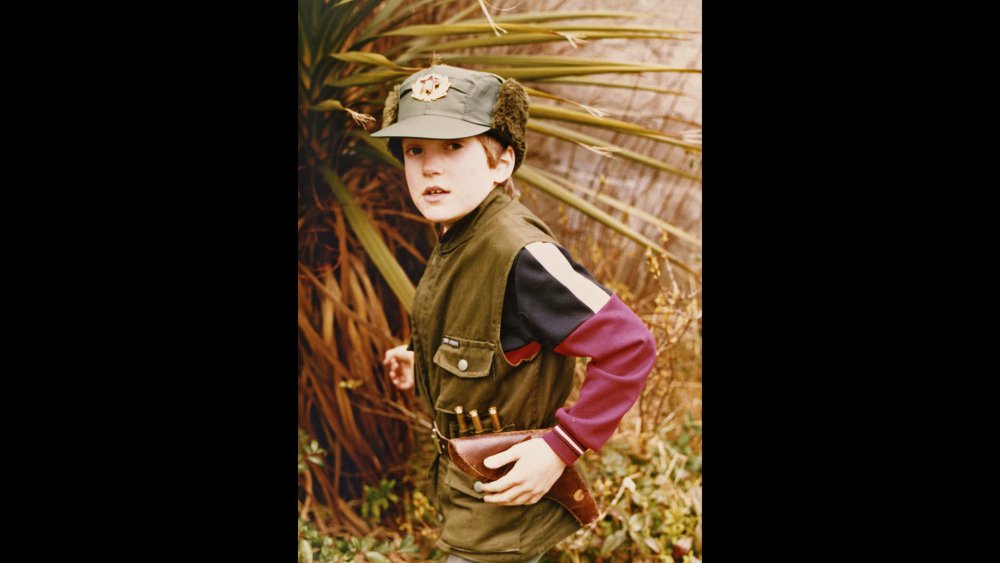

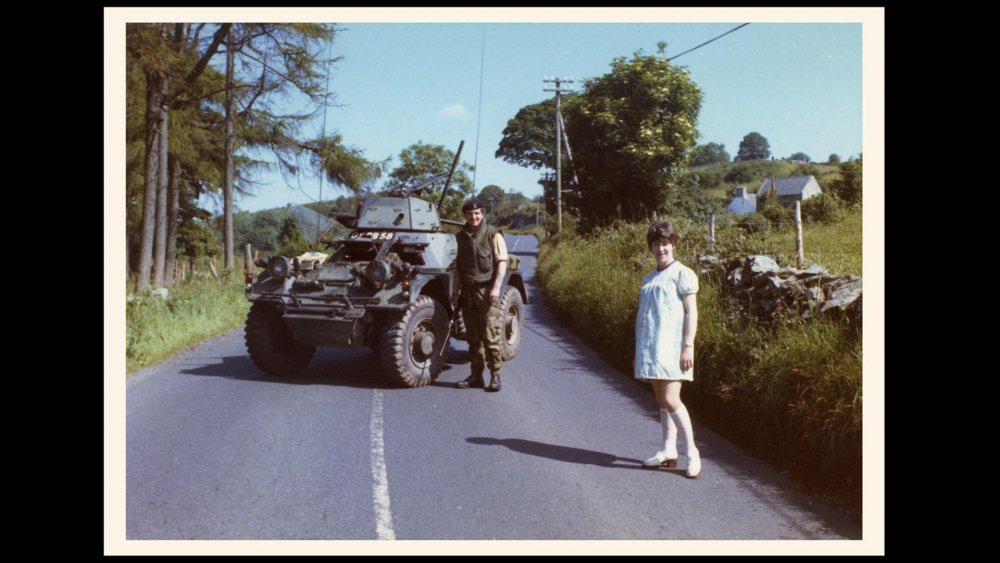
Group Portrait with Explosives
Group Portrait with Explosives connects the former country of Czechoslovakia with South Armagh in Northern Ireland. Though not areas that one would normally associate with one another, through the vagaries of industrial manufacturing and international trade, an inperceptable link has been made between the two.
Brno, the second city of the Czech Republic, is an industrial city that forged it’s manufacturing identity in the wake of the founding of Czechoslovakia in 1918. The city is also reknowned for its exceptional and numerous examles of structuralist and brutalist architecture that were produced between 1918 and 1989 with the profits made from industrial exports.
South Armagh became notorious for it’s violent resistence to the British presence in Northern Ireland throughout the modern ‘Troubles’. Between August 1971 and late 1998, 123 soldiers were killed in the area along with 42 RUC officers and 75 civilians. The 20 mile radius around South Armagh saw 1,255 bomb attacks and 1,158 shooting incidences in the same period. With the installment of numerous watch towers and cameras, by the early 1990s South Armagh had become one of the most heavily monitored parts of the world.
Feel free to ask us for a screener
We Are Not Like Them
We Are Not Like Them connects four different locations in Europe and invites a quiet contemplation of these places as they are now in 2013. The film uses the tropes of the early 20th Century documentary film and the mid century espionage film to contextualise these sites, which, in order of appearance, are the former Wallsend and Walker shipyards in Newcatle Upon Tyne; Eisenhüttenstadt, a city on the eastern border of Germany, Nowa Huta, a city on the outskirts of Kraków in Poland, and the Groupe Scolaire L’Octobre – a primary school in the Alfortville district of Paris.
screenings:
Serpentine Cinema (January 2013)
Star and Shadow Cinema, Newcastle upon Tyne (April 2013)
House of Arts Brno / Art Cinema, Brno, In The Public Sphere, curated by Sarah Schipschack (May 2014)
FID Marseille, Descriptions de Descriptions, curated by Jean-Pierre Rehm (july 2013)
FIAC: CINEPHEMERE (October 2013)
Tromsø International Film Festival / Kurant Kino, Tromsø, Shipyards and other forgotten stories, curated by Maria Moseng and Leif Magne Tangen (Januar 2014)
Feel free to ask us for a screener
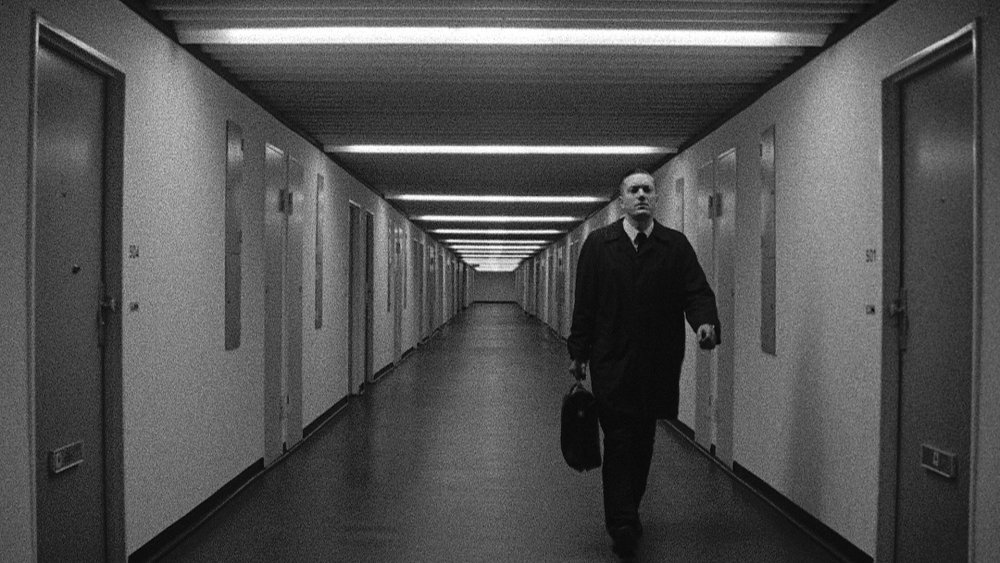
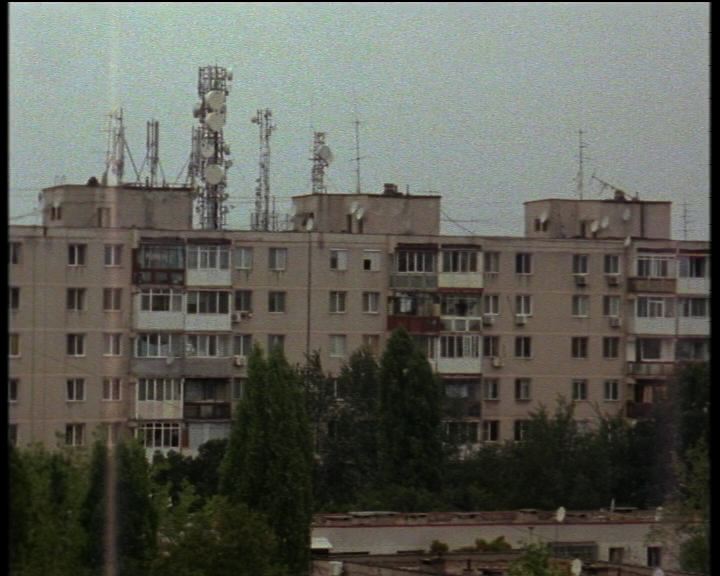
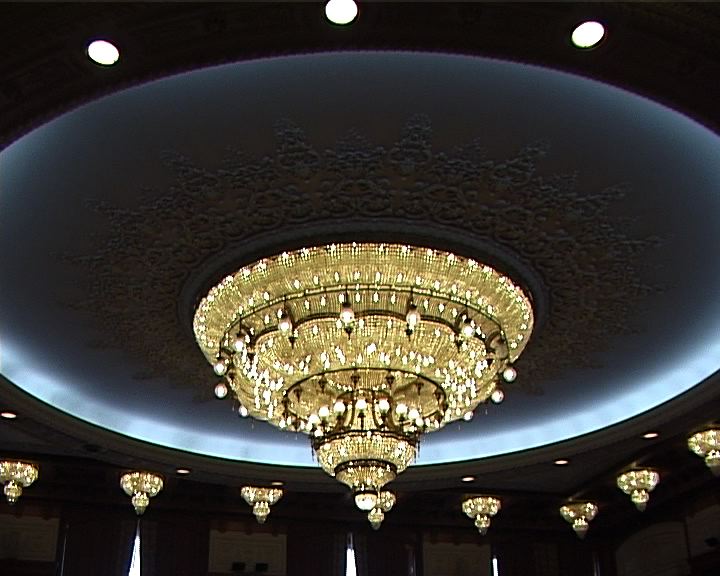
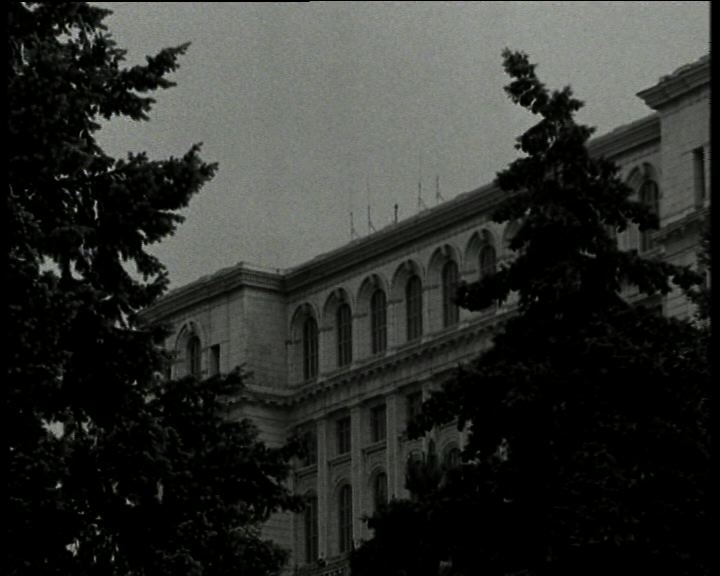

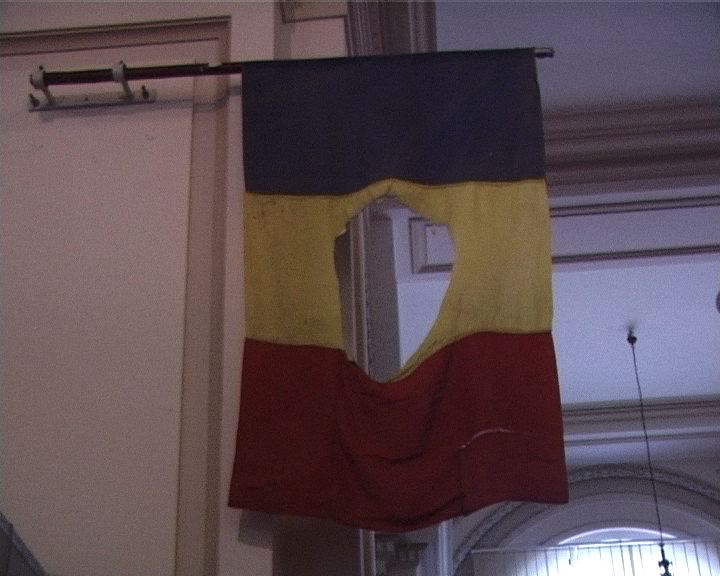
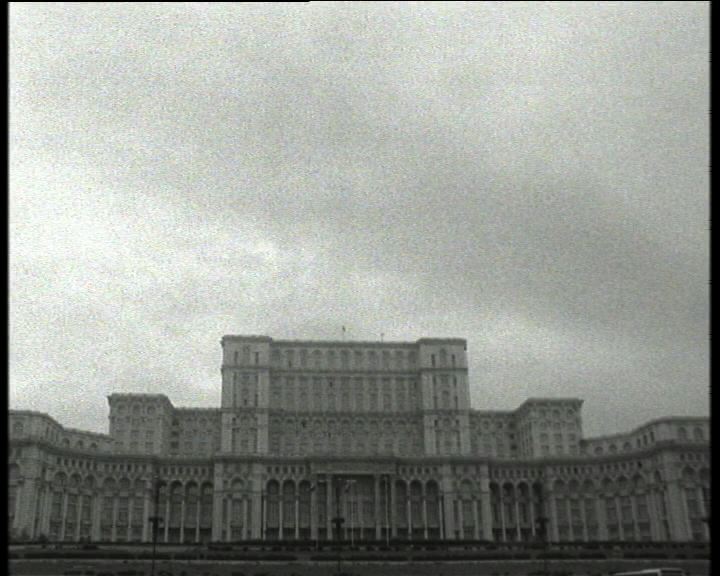
On Our Own We Are Free To Do Many Things
Germany/Ireland, 2012, 13:22 mins, 16mm film and DV transferred to DVD
On Our Own We Are Free To Do Many Things ocuses on the construction of the Romanian Palace of the Parliament (known as the Casa Poporului); the heaviest, most expensive and largest civilian administrative building in the world manically commissioned by Nicolae Ceauşescu in the 1980s. The film considers the problem of making a redundant legacy workable, such as the Casa Poporului that Ceauşescu left behind – too big to demolish, too big to utilise.
screenings: Liverpool Biennial Film Programe (2012)
see screener
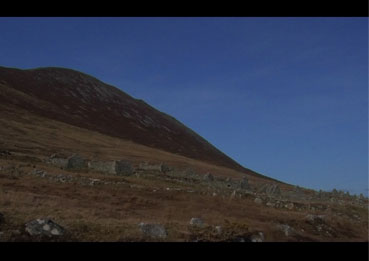
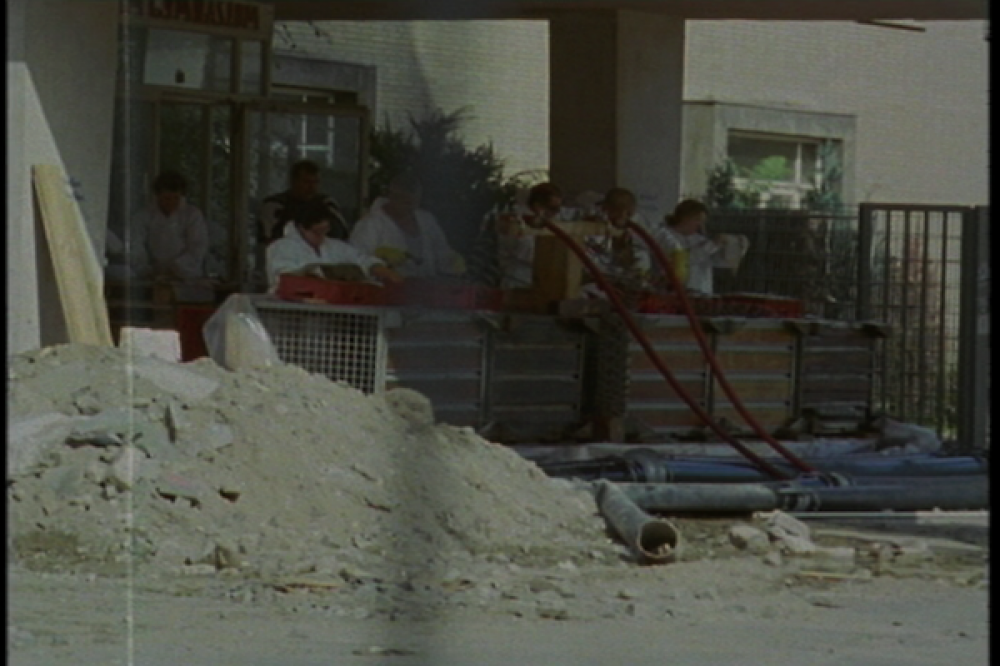
Cologne Overnight
Ireland/Germany, 2010, 15:54 mins, 16mm film and HD transferred to DVD
Köln übernacht looks at ruins and expands this subject metaphorically to consider the creation of ideals (social, political, national, architectural) and their tendency to stray from their intended path leading to inevitable decline and ruin. The thematic spine of the film focuses on the contrasting fates of Ireland and Germany over the past 60 years. Both countries had to respond to an ‘economic miracle’ and a subsequent identity as a prominent leisure economy following a period of division and turmoil. In so doing, it refers to the life and work of German writer and Nobel Prize Laureate Heinrich Böll, who lived in Ireland for many years and is synonymous with the country in his native land.
screenings:
Liverpool Biennial Film Programe, 2012
Kilkenny Arts Festival, 2010
exhibitions:
Dublin Contemporary 2011
see screener
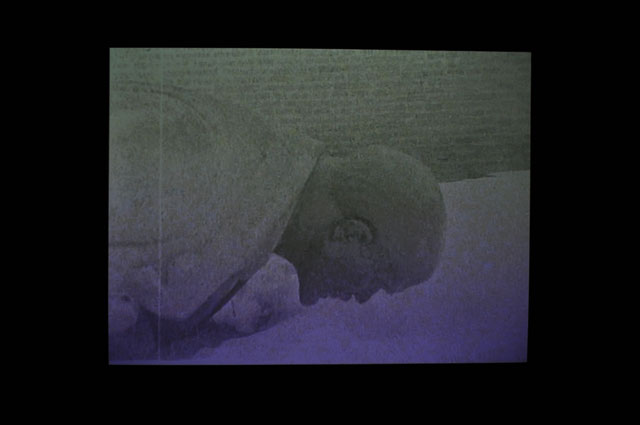
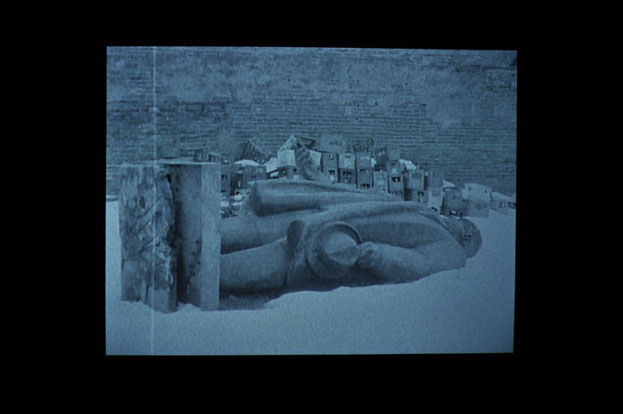
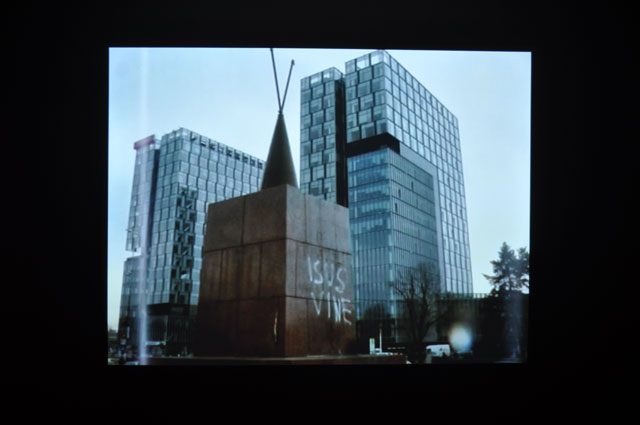
I Went Toward Them, I Went Directly Toward The Lights
Ireland/Germany, 2010, 4:05mins, 16mm and DV transferred to DVD
I Went Toward Them, I Went Directly Toward The Lights opens with footage of fallen, abandoned figureheads (idols) – namely Lenin and Petru Groza – and closes-in to the present day to reveal a telling absence, alarmingly warning of the impossibility of re-siting a suitable contemporary replacement that holds its ground in the wake of totalitarianism.
exhibitions: We'll Be This Way Until The End Of The World, Mothers Tank Station, 2011; Press Releases, Backstage Riders, 2011
Feel free to ask us for a screener
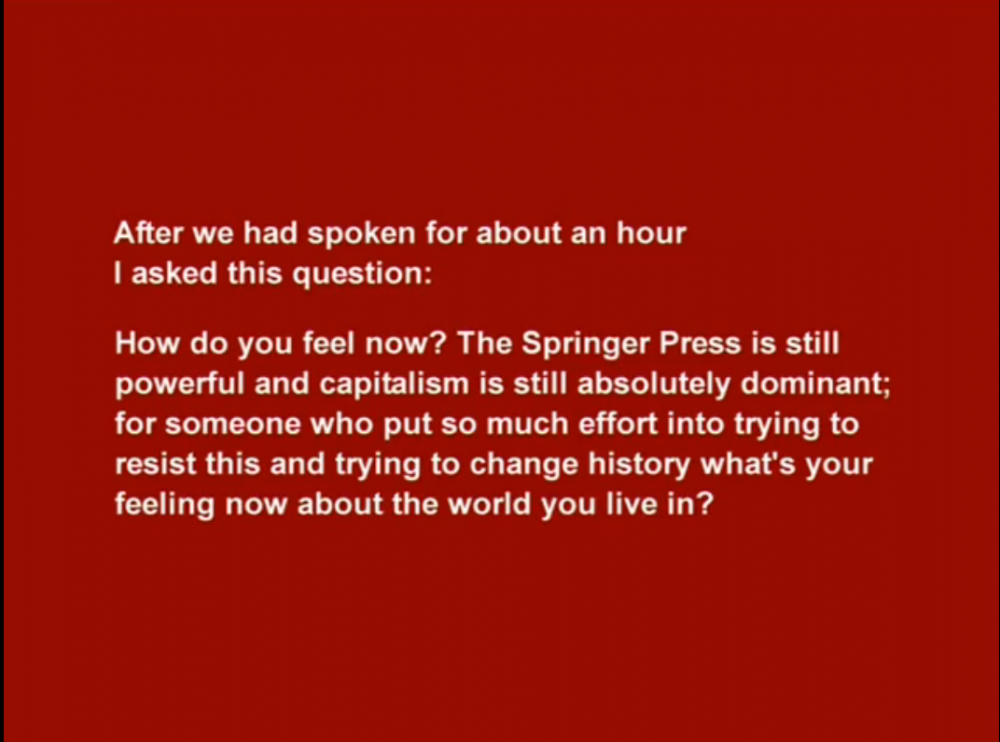
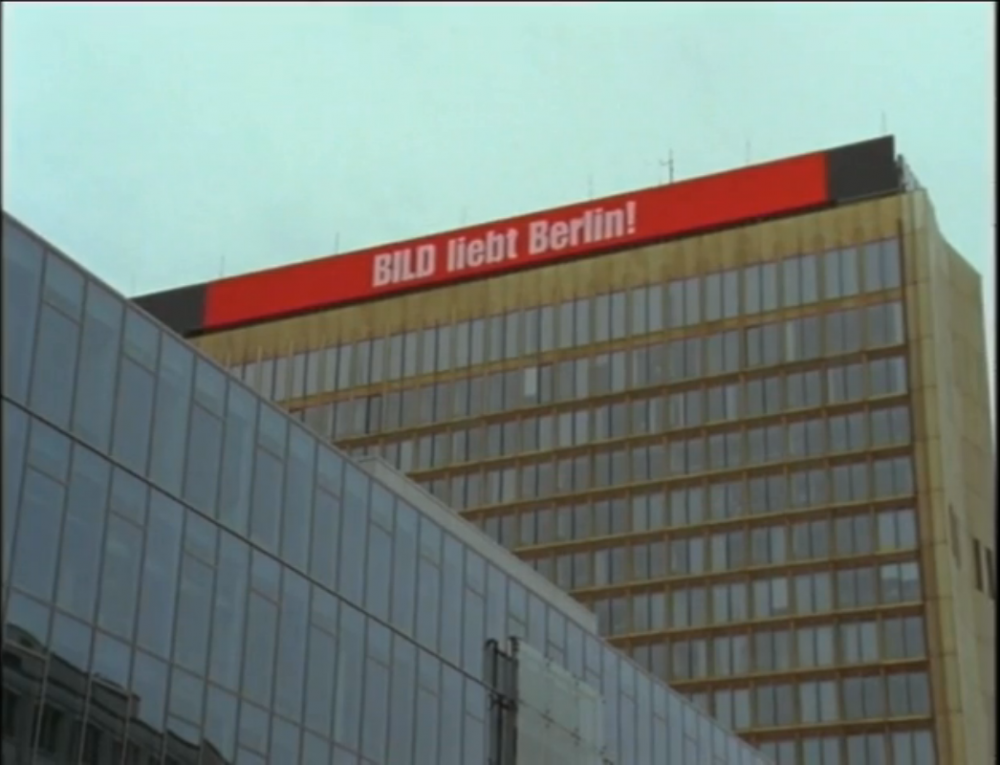
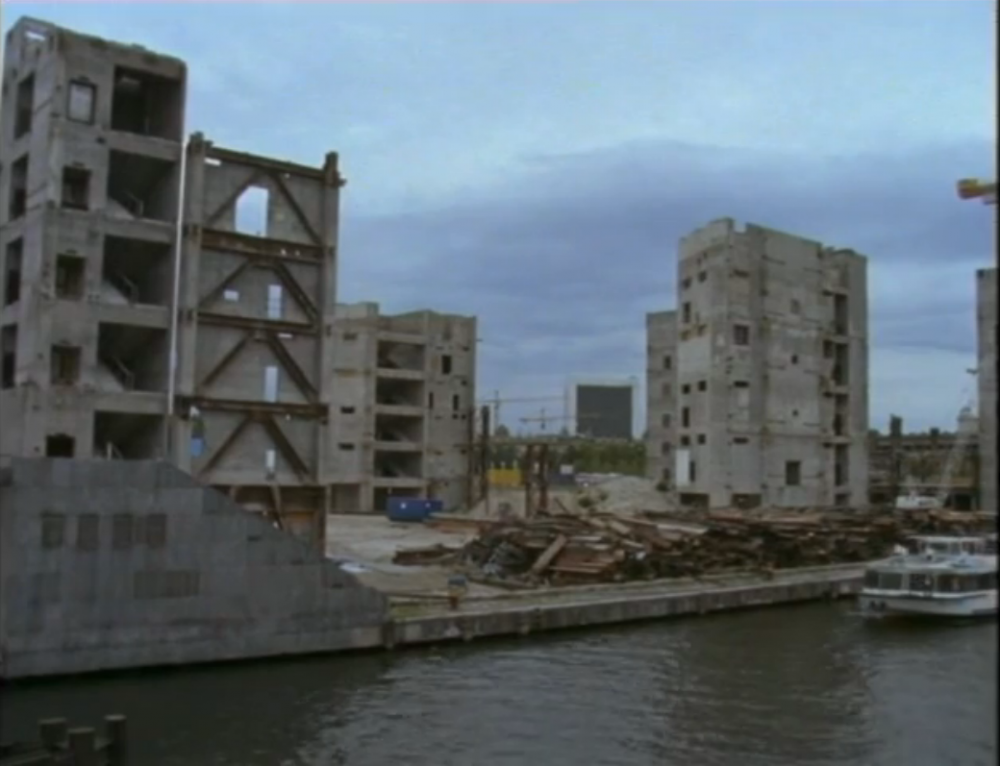
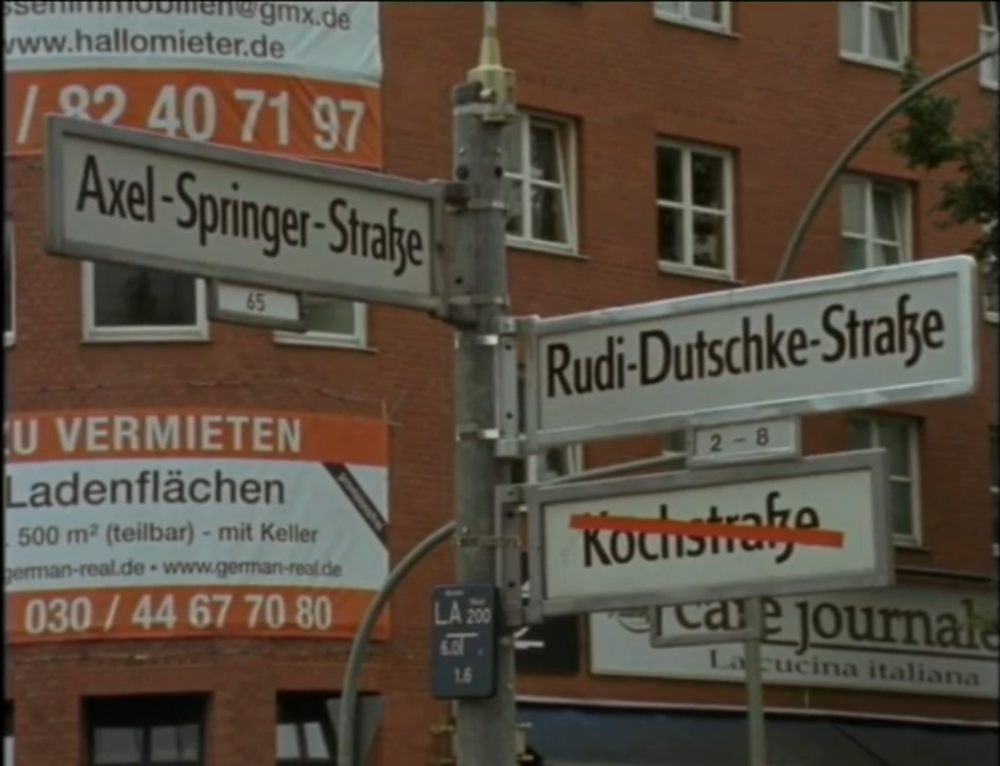
Loneliness in West Germany
In Loneliness in West Germany three specific incidents are examined to consider how a society falls from civil unrest into violent disarray. The three incidents are the killing of an innocent student, Benno Ohnesorg, in 1967; the shooting of a radical political student leader Rudi Dutschke, in 1968 and the killing of a radical paramilitary, Georg von Rauch in an unprovoked shootout with police in 1971.
Screenings: Declan Clarke and Derek Jarman, Serpentine Cinema, 2008; Migrating Forms Festival, Anthology Film Archives, New York, 2010;
exhibitions: Loneliness in West Germany, Goethe Institut, Dublin, 2009
Feel free to ask us for a screener
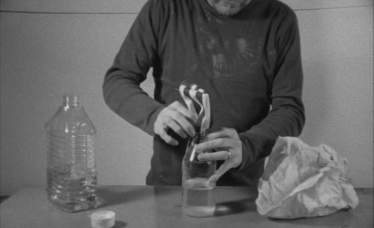
We Missed Out On a Lot
This film is divided into three sections; in the first, a man calmly demonstrates how to make a Molotov Cocktail. The man, now in middle age, does so with the assurance of touch of someone who has done so before. The process takes less than 30 seconds. In the 2nd section a close-up of his hands reveal their work worn appearance and a wedding band on the ring finger of his left hand. The third section cuts to a colour 16mm image of the finished ‘cocktail’ surrounded by the ingredients.
Far from an incitement to action or a “how to” film - We Missed Out On a Lot reflects upon why citizens feel the need to arm themselves against the state, or occupying forces, at certain periods. When ordinary citizens are forced into armed struggle the whole community misses out. Those who die, those imprisoned, and those left behind to build new lives from the ashes of the trauma that circumstance has forced them to endure.
screenings: Declan Clarke and Derek Jarman, Serpentine Cinema, 2009
exhibitions: Loneliness in West Germany, Goethe Institut, Dublin, 2009; Der Menchen Klee, KIT, Düsseldorf
Feel free to ask us for a screener
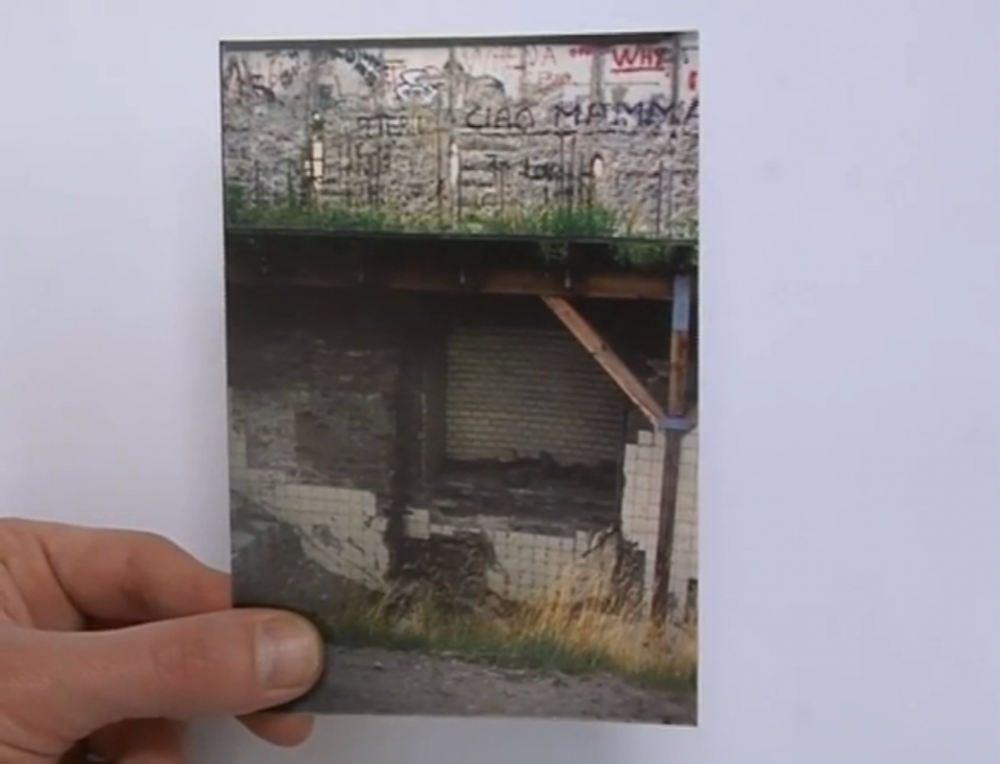
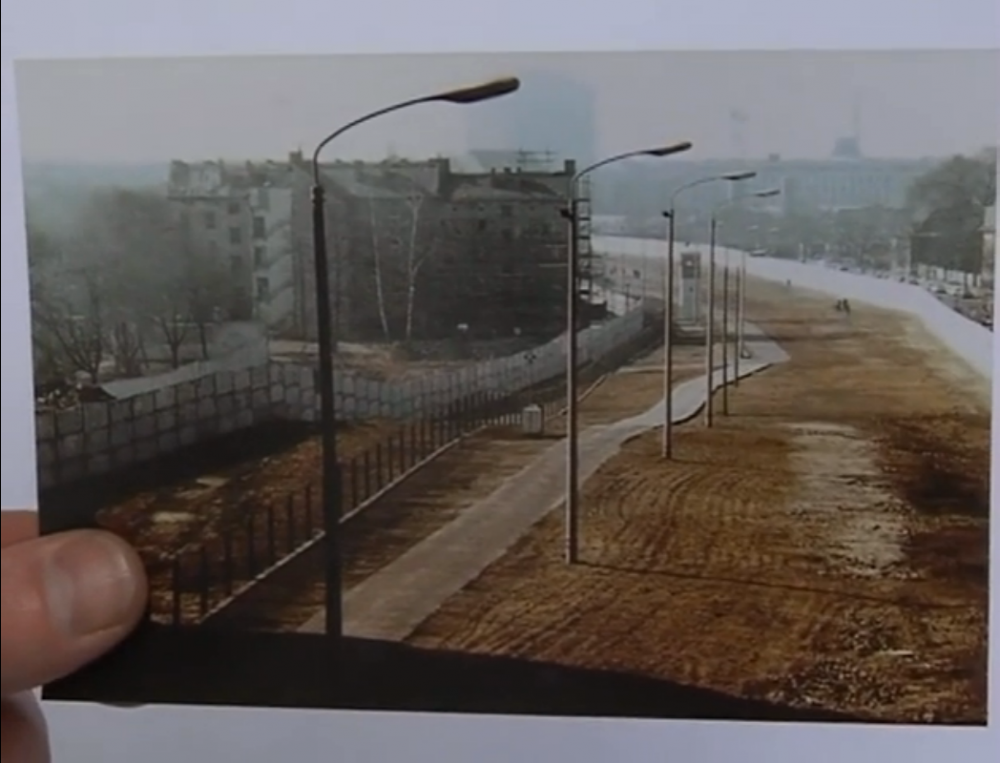
Nothing Human is Alien to Me
Germany/Ireland, 2008, 08:32 mins, 16mm film and HD transferred to DVD
Nothing Human is Alien to Me considers depictions of the Cold War both current and past and how this complex political stand-off was represented; focusing specifically on John Le Carré’s The Spy Who Came in from the Cold. This was possibly the first western account of the Cold War that depicted both sides as duplicitous and largely detached from the ideological positions they outwardly maintained. In Nothing Human is Alien to Me the complexities of a hugely impacting historical socio-political scenario are contrasted with the current real estate driven shift in the demographics of city centres throughout Europe.
screenings:
exhibitions: Nothing Human is Alien to Me, Pierogi, Leipzig, 2008; Everything Must Finally Fall, The Niland Gallery, Galway, 2011
Feel free to ask us for a screener
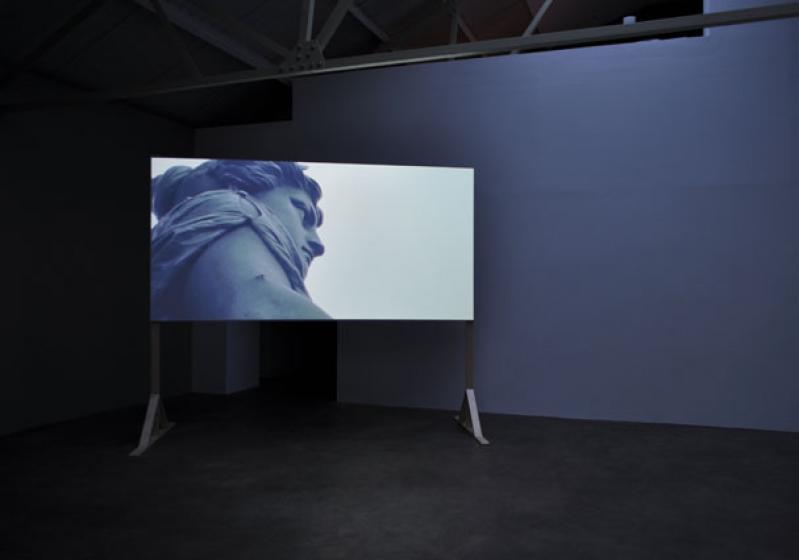
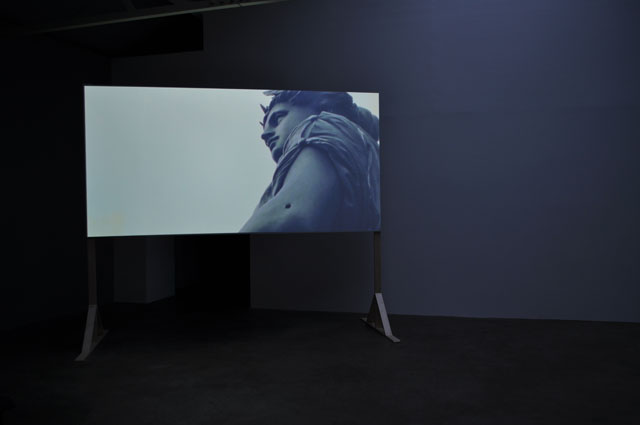
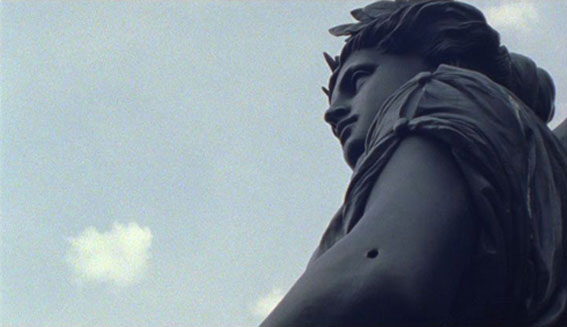
We’ll Be This Way Until the End of the World
Ireland/Germany, 2008, 5:51 mins, 16mm film transferred to DVD
Shot in colour 16mm We’ll Be This Way Until the End of the World focuses on two of the four winged figures at the base of John Henry Foley’s monument to Daniel O’Connell at the base of O’Connell Street, Dublin. Each figure has a specific metaphoric meaning: courage, fidelity, patriotism and eloquence.
We’ll Be This Way Until the End of the World considers both the history of the monument and the process of constructing order in a socio-political context. Monuments are frequently used to make an emphatic gesture about the validity of the people or the event they represent. Any attempt to enforce order - be it from an outside body, a national body or the people themselves, invariably leaves tumult in its aftermath. By focusing on the almost identical locations of the bullet holes yet stressing the difference between the clean entrance wound and the rough and torn exit wound, the complexity of such events is passively considered.
Screenings:
exihibitions: We’ll Be This Way Until the End of the World, Mother’s Tankstation, 2011
Feel free to ask us for a screener
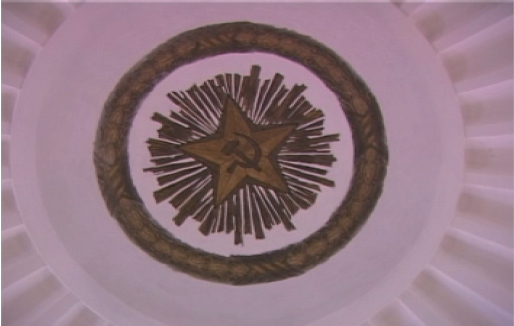
Red Moon
Ireland, 2008, 5:51 mins, DV transferred to DVD
Red Moon uses similar means to address similar issues. The work opens in Grand Central Station, New York where passersby are asked if they know who Yuri Gagarin is. After a series of failed attempts the video cuts to Moscow and the site of the former Soviet space museum. Aside from the monuments to Gagarin and other famous cosmonauts such as Valentina Tereshkova and Alexei Leonov, the prominent feature of the site is a gigantic monument of a rocket taking flight. Once part of huge complex the celebrated the achievements of the Soviet Union it is now derelict and under demolition.
Screenings:
exihibitions: Everything Must Finally Fall, The Niland Gallery, Dubling, 2011
Feel free to ask us for a screener

This Far and Further Still
Ireland/Germany, 2008, 17:58 mins, DV transferred to DVD
Each generation re-writes the past according to, and as a means of, justifying the ideological viewpoints of the time. As countless reappraisals of the 20th Century are published each month perhaps we are less equipped to clearly evaluate the situation now than 50 years ago when the political landscape had roots that are no longer present in the 21st Century.
This approach was taken to make This Far and Further Still. The work focused on two attempts to alter the foreign and internal policy of U.S. politics, one through external armed revolt, the other through internal passive demonstration.
Screenings:
exihibitions: If You Could Change the World at Last, Goethe Institut, Dublin 2008; Small Pox, Lisbon, 2009
Feel free to ask us for a screener
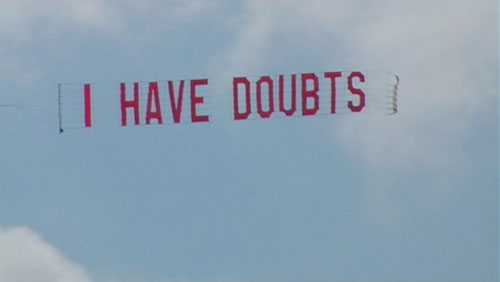

Everything Must Finally Fall
Ireland/Germany, 2006, 04:34 mins, DV transferred to DVD
A plane pulling the words “I Have Doubts” is flown over a city. We see the words first on the ground, then in the air before they finally fall slowly to ground. In this film the uncertainty itself is emphasized and the narrative is derived from the journey of the statement I Have Doubts from construction on the ground through to its descent after being released by the aircraft.
Screenings:
exihibitions: Everything Must Finally Fall, The Niland Gallery,Galway, 2011; I Have Doubts, The Centre for Visual Introspection, Bucharest, 2009
Feel free to ask us for a screener
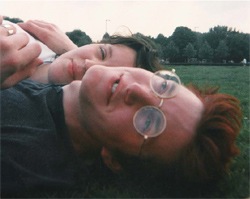
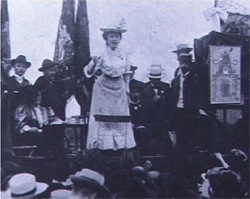
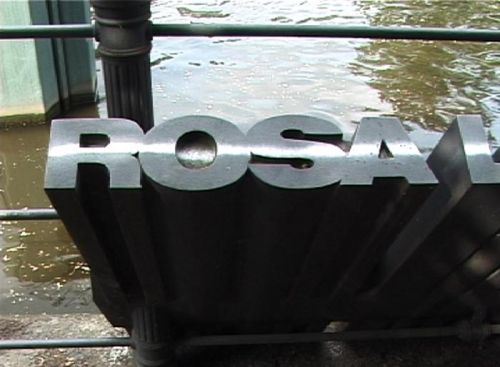
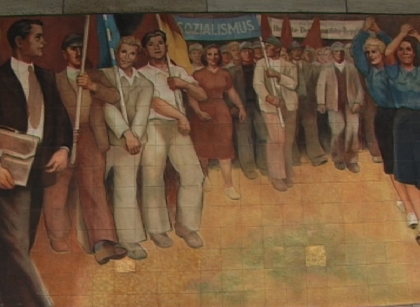
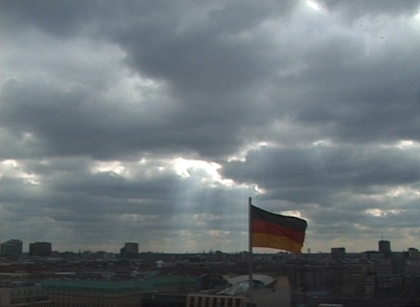
Mine Are of Trouble
Ireland/Germany, 2006, 16:10 mins, DV transferred to DVD
Declan Clarke’s video Mine Are of Trouble deftly juxtaposes an account of socialist Rosa Luxemburg’s life against his own personal and haphazard introduction to the revolutionary figure whilst he was living in Berlin. The political activist’s remarkable actions, which culminated in her assassination in 1919, are set in poignant contrast to Clarke’s failed attempts to transfer her political legacy to his own romantic life.
screenings:
exhibitions: Art Now Lightbox, Tate Britain, London, 2006; FOUR Gallery, Dublin, 2006; Moscow Biennale, 2007, Temporary Kunsthalle, Berlin 2010,
Feel free to ask us for a screener
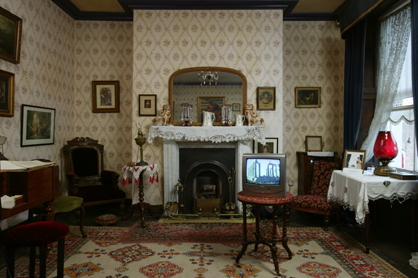
Trauma and Romance
Ireland/Germany, 2006, 08:36 mins, DV transferred to DVD
Trauma and Romance focuses on the notion of ego within the romantic tradition and the position the artist takes as a commentator on society, both politically and culturally. As artists are usually perceived to occupy a position on the outskirts of society and often indulge this romantic notion, a troubled relationship between the individual, art, society, and politics frequently emerges.
Screenings:
exihibitions: The Douglas Hyde Gallery, Dublin, 2006;
Feel free to ask us for a screener
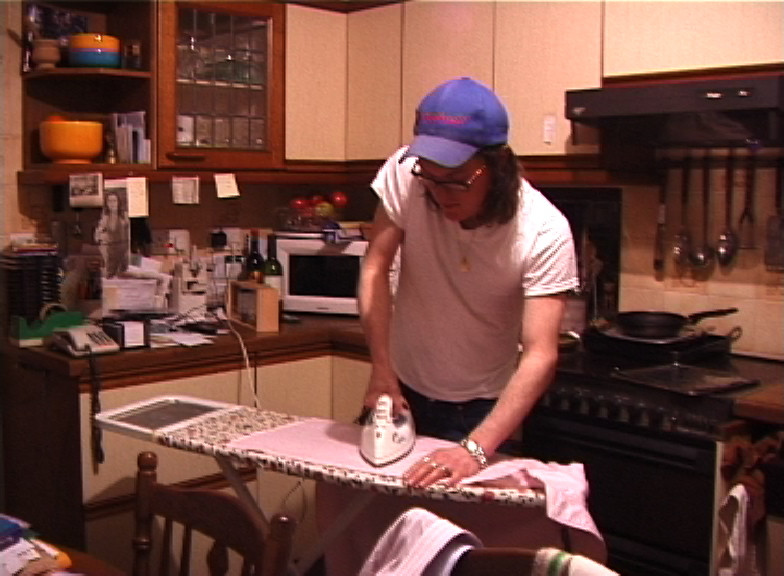
Tonight
Ireland, 2004, 04:25 mins, DV transferred to DVD
Tonight directly considers the contrasting personal circumstances of Clarke with those of his brother – who is an estate agent – in a film that ruminates on the themes of class, choice, and politics. Through presenting the contrasting choices of two individuals - from the same family with identical upbringings - for scrutiny, a perspective is seen on how people form their politics, and develop their understanding of society, by the often arbitrary ways in which day to day life allows them to interact with the environment they live in. By not pronouncing judgement, both individuals remain equal; equally justified, and equally condemned.
see screener
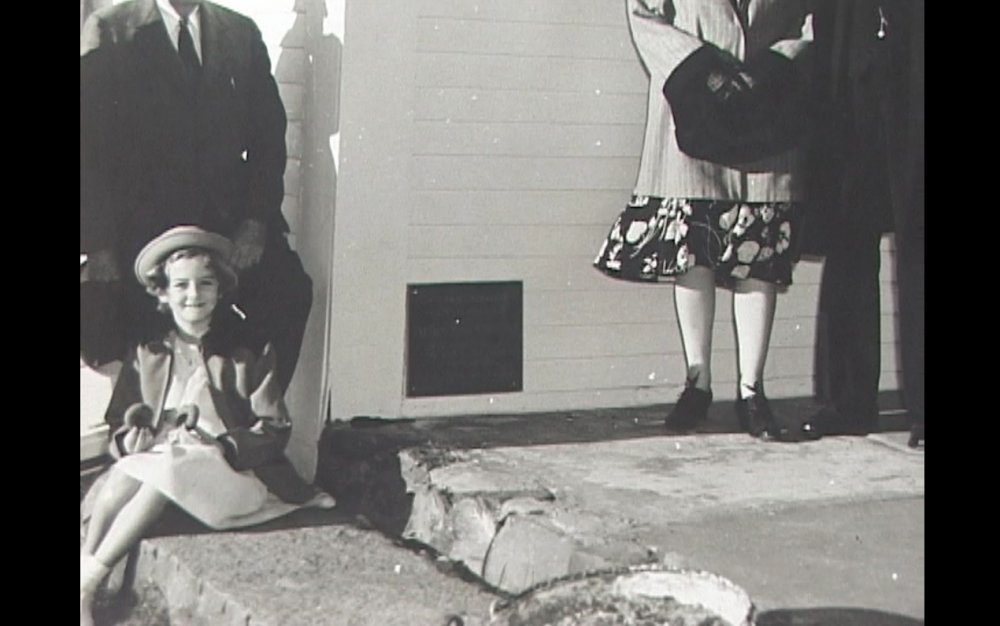
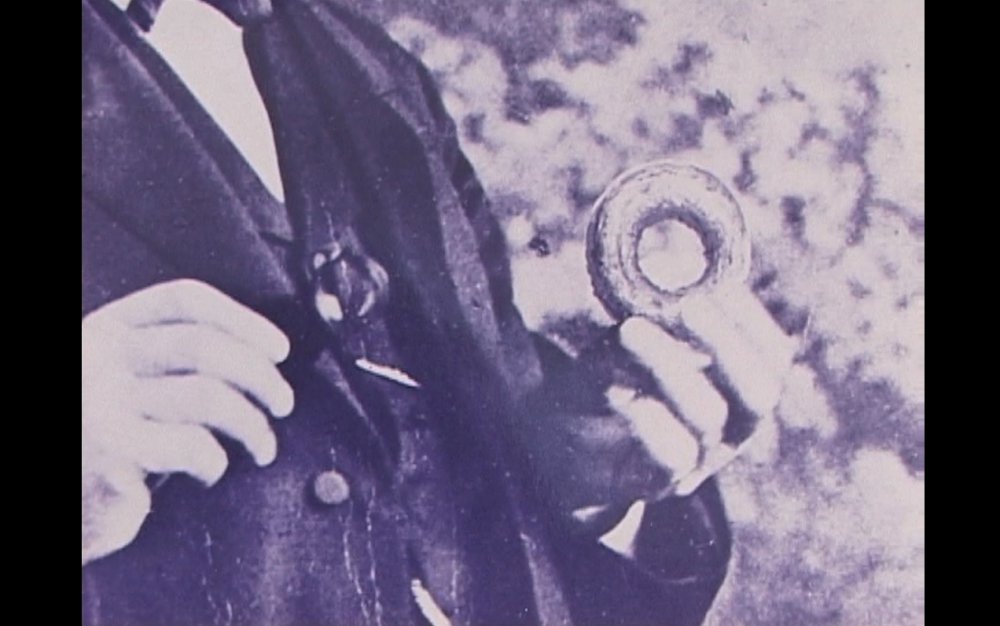
Metempsydoughsis
Ireland/Germany, 2003, 04:57 mins, DV transferred to DVD
Metempsydoughsis presents a historically accurate account of the doughnut, specifically the absurdities of the creation of the hole in its centre. The film focuses on a seemingly innocuous pastry as a means of representing and considering the migration of Europeans to the U.S.A., and the subsequent changes that occurred in their culture and habits over the duration of two centuries. The reintroduction into Europe of these transformed customs during 20th Century conflict, as the ringed doughnut was during both World Wars, presents an interesting example of the manner in which transmigrating peoples and ideas alter and manifest themselves: physically, socially, and politically.
Screenings:
exihibitions:
see screener
